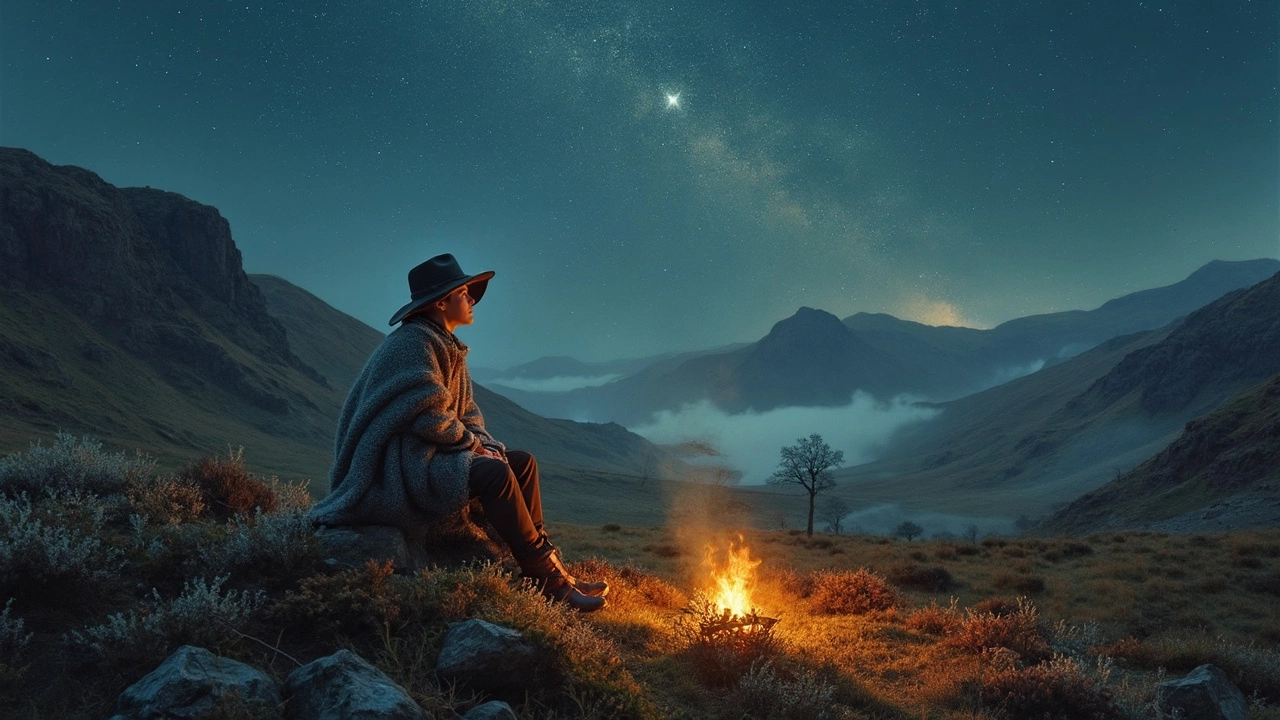
Cowboy Camping: How to Get the Authentic Western Experience Outdoors
Ever dreamed of sleeping under a sky so wide it feels like the prairie? Cowboy camping lets you swap a hotel room for a tent, a campfire for a chuck‑wagon fire, and a city view for the rugged highlands. It’s not just another camping style – it’s a chance to live like a true front‑range rider, even if you’re in Scotland.
Gear Essentials for Cowboy Camping
First thing’s first: your gear needs to be rugged, simple, and easy to fix on the fly. A canvas or heavy‑duty tarp works better than a flimsy polyester tent because it can take wind, rain, and a stray branch without tearing. Pair it with sturdy wooden stakes or metal pegs you can drive into soft ground.
A low‑profile sleeping bag rated for 0°C (or lower) keeps you warm when night temps dip. Add a thick wool blanket for extra insulation – it’s lightweight, dries fast, and feels right at home on a cowboy’s saddle.
Don’t forget a sturdy cast‑iron skillet. It’s the heart of any western camp, perfect for frying beans, cooking stew, or toasting marshmallows. A small portable propane stove is handy for backup, but you can also build a classic fire pit using stones and dry wood.When it comes to clothing, think layers: a flannel shirt, a weather‑proof jacket, and a sturdy pair of leather boots. A wide‑brim hat shields you from sun and rain, and a bandana can double as a dust mask or a cooler for drinks.
Tips for Staying Safe and Comfortable
Location matters. Look for a flat spot near a water source but far enough from potential flood zones. Clear the ground of rocks and sticks, then lay down a groundsheet before setting up your tarp or tent. This prevents moisture from seeping in and protects you from sharp objects.
Fire safety is a must. Build your fire in a pit surrounded by rocks, keep a bucket of water or sand nearby, and fully extinguish it before you go to sleep. A small, portable fire extinguisher is a smart addition if you’re near dry vegetation.
Food storage can attract wildlife. Use a lockable cooler or hang your supplies in a tree at least 10 feet off the ground and 4 feet away from the trunk. This old‑time trick keeps bears, raccoons, and even curious goats at bay.
Navigation is easy if you bring a basic map and compass, but a charged phone with offline maps won’t hurt. Share your campsite location with a friend or family member – they’ll know where to look if anything goes awry.
Finally, keep the spirit alive. Start your evenings with a simple song around the fire, tell a story of the old west, or practice a few line‑dancing steps. The ambiance is what makes cowboy camping unforgettable, not just the gear.
With the right setup, a bit of preparation, and a willingness to embrace the rough‑and‑ready lifestyle, you can turn any campsite into a slice of the frontier. So pack your skillet, stake your canvas, and ride out into the night – the western adventure is waiting.
